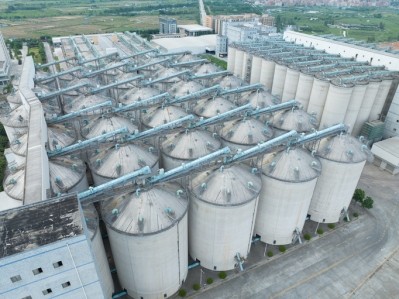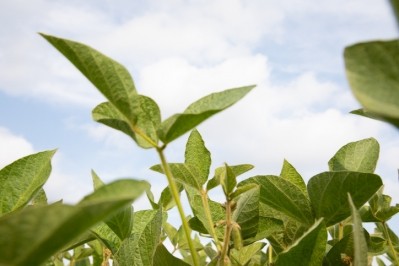Industry sources expect China to buy Australian barley all the way through 2024

Contracts were signed for barley for both malting and animal feed, found a report from the US Department of Agriculture (USDA) Foreign Agricultural Service (FAS).
The USDA experts see active interest in China in alternative domestic and imported grains as a replacement for corn in feed rations, according to that review.
The authors expect the MY 2023-24 ratio of corn in feed rations to be slightly lower than in the previous year; they forecast that corn imports for 2023-24 will hit 20 MMT only as old stock rice and sprouted wheat as well as imported sorghum and barley will replace that grain in animal diets.
"The availability of sufficient lower-priced alternative grains in the market will squeeze corn use in feed," they predicted.
NCP sprouted wheat prices were close to US$27 per MT lower than corn, pushing feed mills to switch, reads a USDA FAS publication from October, with the authors citing local feed industry players as saying that sprouted wheat could replace 100% percent of corn in compound feed for broilers and 10 to 100% of corn in pig feed.
China’s ministry of agriculture and rural affairs (MARA) is also looking to promote lower inclusion rates of soybean meal in feed to reduce the country’s dependence on imports, which has the effect overall of boosting grain inclusion levels in feed.
Pig and broiler production
The total Chinese pig herd in June this year was 435.2 million head, about 1% higher than the same month in 2022, according to MARA’s official statistics.
Despite that data, the USDA FAS China team forecasts that domestic swine production in 2024 will decline by 1% y/y due to lower sow inventories in 2023.
The team also forecasts that there will be a dip in Chinese broiler production next year, for both white and yellow breeds.
Genetically modified crops
Meanwhile, the USDA FAS team, referencing local sources, report that GM crop production is expanding in China.
China has studied GM crops for decades but had never permitted them to be planted because of opposition to the technology.
MARA has designated around 267,000 hectares, which comes in at 0.6% of the total corn area, as a testing group for GM corn cultivation in 2023-24, four times more area planted than the previous year.
“MARA expanded the pilot program this year to 20 counties in five provinces, including Hebei, Inner Mongolia, Jilin, Sichuan, and Yunnan. According to industry sources, there is also a large amount of GM corn planted, but not publicly announced, in central Liaoning, central and western Jilin, and certain areas in Heilongjiang.
“An official news publication reported that the insect resistance and herbicide resistance traits in transgenic corn and soybean are performing well, and that transgenic corn and soybean varieties can increase yield by 5.6-11.6%.”












